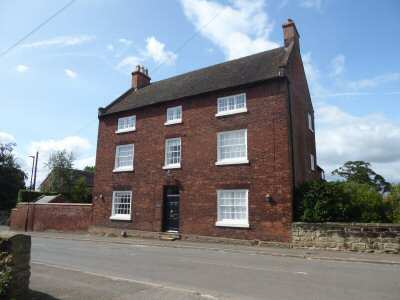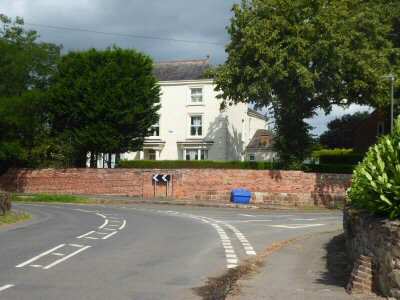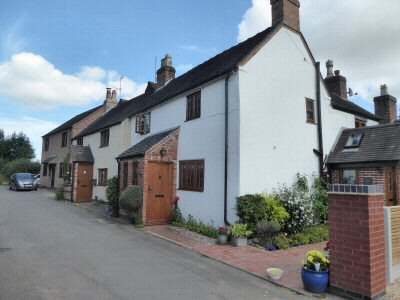MILTON

INFORMATION
Where is it? – Situated between Repton and Foremark, where parking is available on the main street a short distance from The Swan public house in the centre of the village (SK321266).
What to do? – Walk down from Bramcote Lodge, previously known as The Coach House, before reverting to its original name to arrive at Saw Mill. Checking the different building styles as you go – take a look at Foremarke Hall, an impressive Georgian mansion, built in the Palladian style in 1760 for the parliamentary reformer, Sir Francis Burdett. It is now a preparatory school for nearby Repton School – use the most direct footpath opposite Brook Farm and walk over the fields to Repton with its many fine buildings, private college and historic church.
Where to eat? – The Swan Inn near the centre of Main Street in Milton. For more information visit: www.theswanmilton.co.uk or telephone 01283 704072 – the John Thompson Inn at Ingleby is a former farmhouse and was the first public house in the UK to be named after its owner. Please ring 01332 862469 for further details or visit the website: www.johnthompsoninn.com.
Other places to visit – Visit Foremark Reservoir, a 230-acre reservoir, which provides footpaths, picnic facilities, sailing and good trout fishing – take a look at the Ferrers Centre for Arts and Crafts, located in the Georgian Stable Block of Staunton Harold Hall, where a wide range of goods can be obtained – explore Ticknall, one of South Derbyshire’s prettiest villages and visit Calke Abbey, hidden away in a hollow, about one mile from its Ticknall entrance. The park is a popular place with walkers and wildlife enthusiasts.
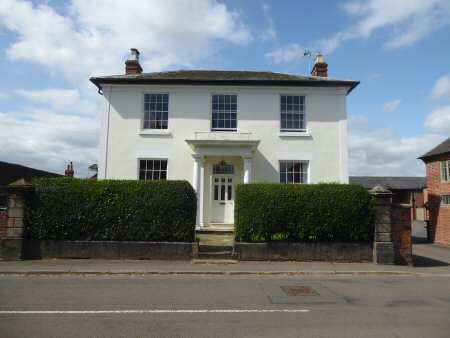
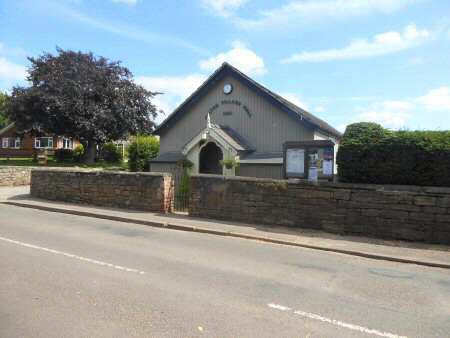
PROFILE
Milton is a small pretty village that sits in a sheltered location above the River Trent floodplain. Its good supply of water led to the establishment of a small Anglo-Saxon settlement. The only traces of its medieval past are visible in dividing land into long narrow strips, known as ‘crofts’, on either side of the main street. Evidence of a Roman presence in the area is a third-century coin, minted in Lyons. This was discovered at a depth of four feet below the surface when foundations were being dug for the pumping station on Foremarke Road in 1934.
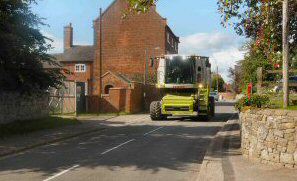
FARMING SETTLEMENT
The village developed mainly as a farming settlement and farming remains in evidence along the main street, which runs parallel to a brook on the east side. By the 1750s, Milton was also producing cheeses with the four largest farms all having their own presses. The stone from one of the presses can still be seen at Brook Farm. Other farm-related activities in the village included tanning and butchery. There was a slaughterhouse where the Post Office Farm now stands and the bricked-up shop window can still be identified. At one time there were two corn mills in the village. Today, it is quite common to see tractors pulling heavy agricultural machinery along the main street.
OLD MISSION HALL
The old mission hall, which was built by the Burdett family, for religious purposes, is now the village hall. The local community has carefully maintained it for more than 100 years and new facilities have been added. A wide range of events takes place there every year for many diverse groups of people.
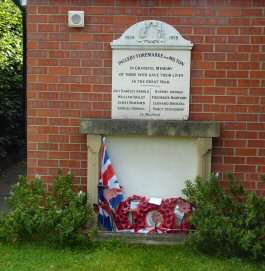
SWAN INN
The Swan Inn is now the only public house in the village. The Coach House closed in 2000 and reverted to a private house and its original name of Bramcote Lodge. For several years one of the rooms at the Swan Inn was used as a café/restaurant, appropriately named the Cygnet Tea Room. Since new owners have moved in the café has closed, and the Swan has reverted to a two-roomed pub that offers home-cooked food.
SAW MILL
At the southern end of the village is an area that is known as Saw Mill. The actual sawmill is well hidden from view, nestling in the remains of a former gravel pit and is closed at the time of writing. It was widely used by the Burdett Estate during the 19th and 20th centuries.
REPTON
Milton is about one mile to the east of Repton and consists of about 60 dwellings. Both Milton and Repton are part of the same parish and share an entry in the Domesday Book when it is thought one of the two mills mentioned was located at Milton.
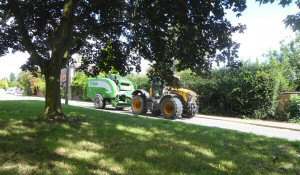
Although close to one another Milton and Repton are two quite different villages. Despite the fact, that families have moved between them over the centuries. The fields between the two provide a sufficient gap for both villages to go largely unseen from one another. In the past, Milton was very much a small farming community until in recent years more houses have been built and old buildings converted into dwellings. On the other hand, Repton, which is significantly larger, in the 7th century, was the capital of the Kingdom of Mercia. In 653, King Penda’s son returning to Repton from Northumbria, with a Christian bride and four priests, set about establishing a monastery as a base to spread Christianity across the Midlands. The Danes destroyed the monastery over 200 years later.
FOREMARK
On the eastern side of Milton is Foremark, which although only a short distance from the village is completely out of sight. Foremarke Hall is an impressive Georgian mansion, built in the Palladian style in 1760 for the parliamentary reformer, Sir Francis Burdett. It is now a preparatory school for nearby Repton School. The view of the hall and the ornamental lake are much admired by visitors and walkers. It is out of the sight of passing motorists.
